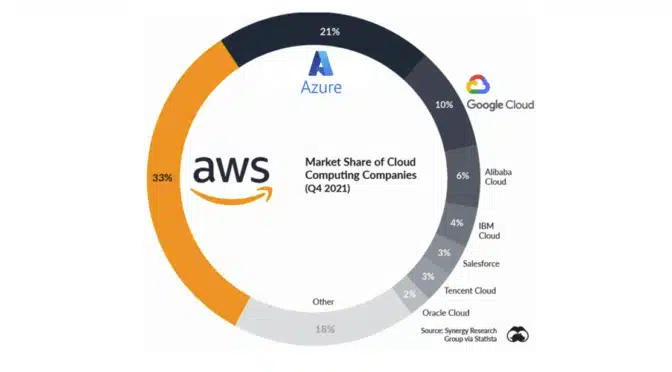
To many, Amazon is a vast online shop. But take a closer look at its financials and a very different picture emerges.
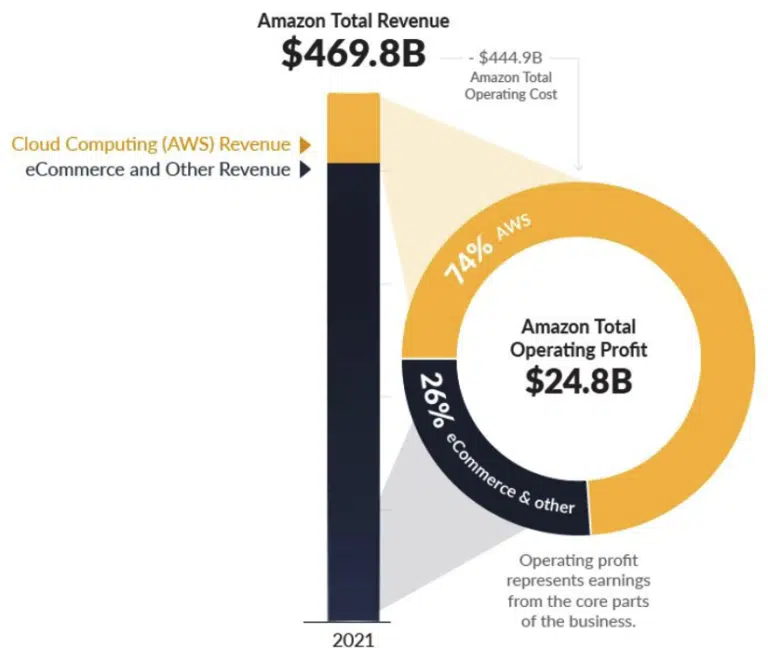
Figure 1: Amazon revenue and profit. (Source: Visual Capitalist)
Online retailing is the bulk of its revenues, but most of its profit is in cloud. Cloud computing offers hyper-scale, and as corporates have moved more and more of their IT to the cloud, the big three cloud providers – Amazon AWS, Microsoft Azure and Google Cloud – are sensing a gold rush.
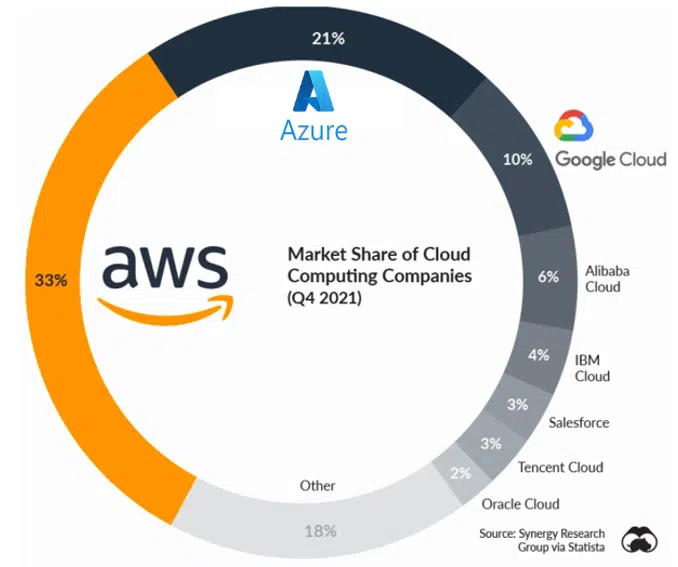
Figure 2: Cloud hyperscalers’ market share. (Source: Visual Capitalist)
And it does feel like a gold rush. These three hyperscalers between them brought in half a trillion US dollars in revenue from their cloud businesses in 2021, and that revenue is growing at 33% per year.
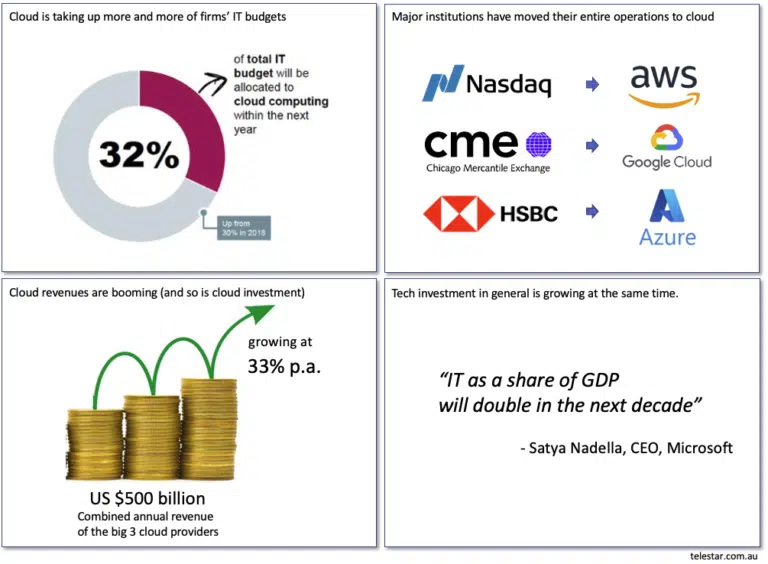
Figure 3: Boom times for cloud. (Data source: The Economist)
That half a trillion US dollars of revenue comes mostly out of corporate IT budgets. Companies are finding that their bills for cloud services are taking up a larger and larger share of their overall ICT budgets.
So how has this ballooning expense item resulted in firms applying much more scrutiny to their cloud charges and bills?
One popular approach to better controlling cloud costs is FINOPS.
FINOPS is a practice model for managing cloud spend. The FINOPS methodology involves using cross-functional teams across Operations/Engineering, Finance and Product.
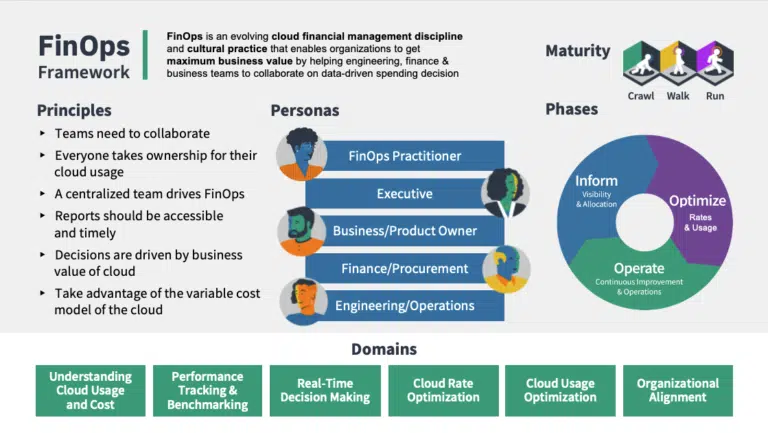
Figure 4: FINOPS Framework (Source: finops.org)
FINOPS is a great model for controlling cloud costs related to software development, but it also applies to cloud costs related to ongoing operations. Even for organisations that aren’t development-focused, a FINOPS approach can help control the cloud bills from business-as-usual operations.
So if FINOPs can help manage cloud costs so well, why aren’t the same principles used to control other parts of the ICT budget?
Consider that “C” in ICT. After cloud, communications expenditure is the fastest-growing category of ICT spend. So what might a FINOPS approach for communications look like?
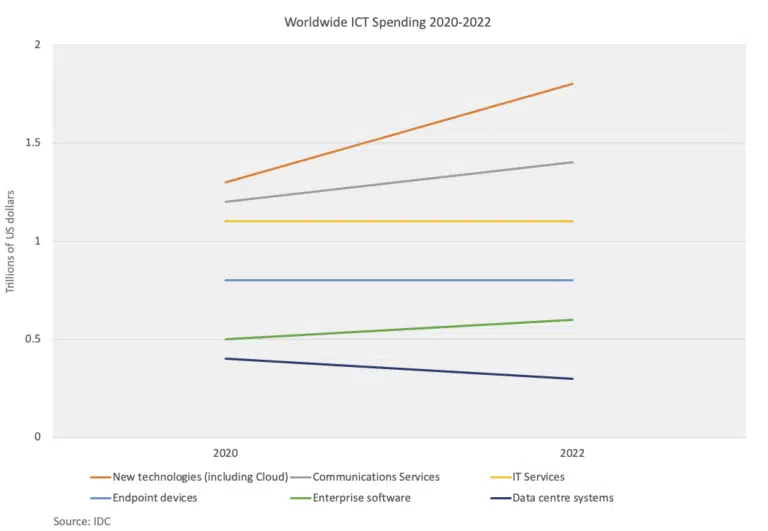
Figure 5: Worldwide ICT Spending 2020-2022 (Data source: IDC)
Like cloud, communications spend is complex and involves many different variables.
Within an organisation, different physical locations may have their own broadband links, often organised by the site manager or department manager. Sometimes links are soft-provisioned, but sometimes they require physical deployment of fibre, or of satellite receivers. In a premise serving multiple business units, often no-one evaluates whether the site connectivity is adequate or over-provisioned. An over-provisioned link represents financial waste, but it is often difficult for the finance team to even know it is happening.
IoT elements may be used throughout an organisation, sometimes in fixed locations (security cameras, process control monitors, infrastructure sensors, automated meters, etc.), and sometimes in mobile settings (vehicle fleets, cargo or asset trackers, body cameras and peripherals, etc.). A deploy-and-forget approach is common, despite many IoT devices having a subscription-charge long tail of cost, and others being temporary-use only.
Employee endpoints are another very large component of enterprise communications spend. All those corporate smartphones and tablets hit the bottom line in two ways: the physical devices themselves (either bought as CAPEX or leased as OPEX), plus their ongoing connectivity charges from the telecoms company. People quit, new people get hired, and people move departments too. Without clear accountability, the likelihood of financial waste throughout this lifecycle is high.
Finally, the crossover between cloud and traditional communications should be considered too. Cloud-based calling services are a good example of this, where traditional services (company voice calls) may be migrated away from the telecoms network and onto a specialised application offered by the hyperscalers and others (Microsoft Office 365 Calling is one such service). Such services can save money by eliminating the PBX, but how will their ongoing value be assessed in comparison to alternative applications?
The FINOPS approach of inform, optimise, operate works because it is built on the collaboration of different groups within the organisation.
Collaboration can never be faked, but it can be greatly facilitated with the right tools and ways of working.
The right tools need to inform different groups about what they can and cannot expect from their telecoms, to give groups the visibility and information to optimise their choices and behaviours, and to operate efficiently by linking to speedy outsourced processes for ordering, activation and logistics. This is a combination of software automation and back-end specialised services working in concert to (a) enforce business rules, and (b) improve visibility and efficiency.
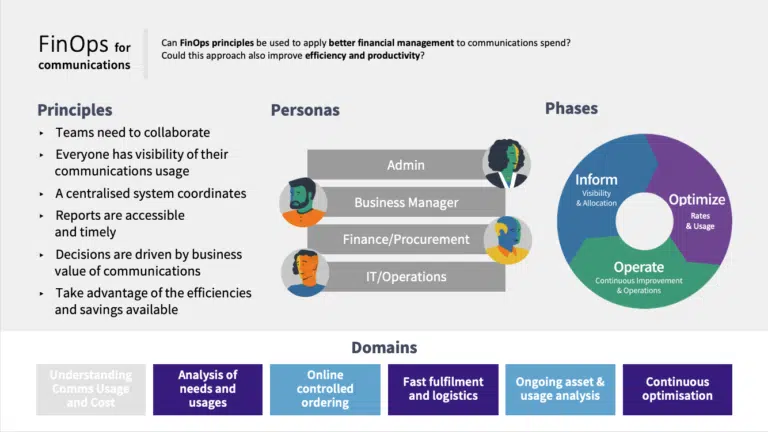
Figure 6: FINOPS for Communications (Adapted from finops.org)
So what would a FINOPS-style approach to communications look like?
It would need to address the big organisational disconnects that can cause unnecessary or uncontrolled growth in communications spend. These are human challenges, and the systems and services to solve them already exist:
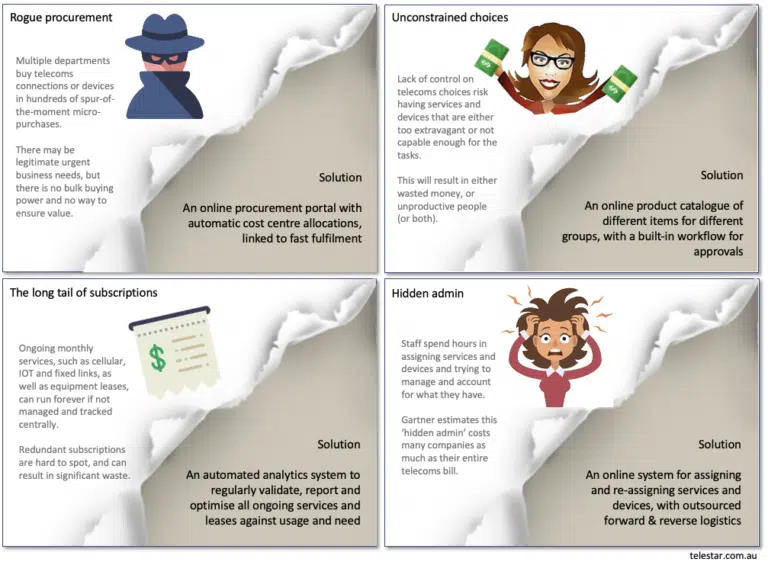
Figure 7: A FINOPS-style Approach for Communications